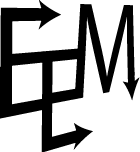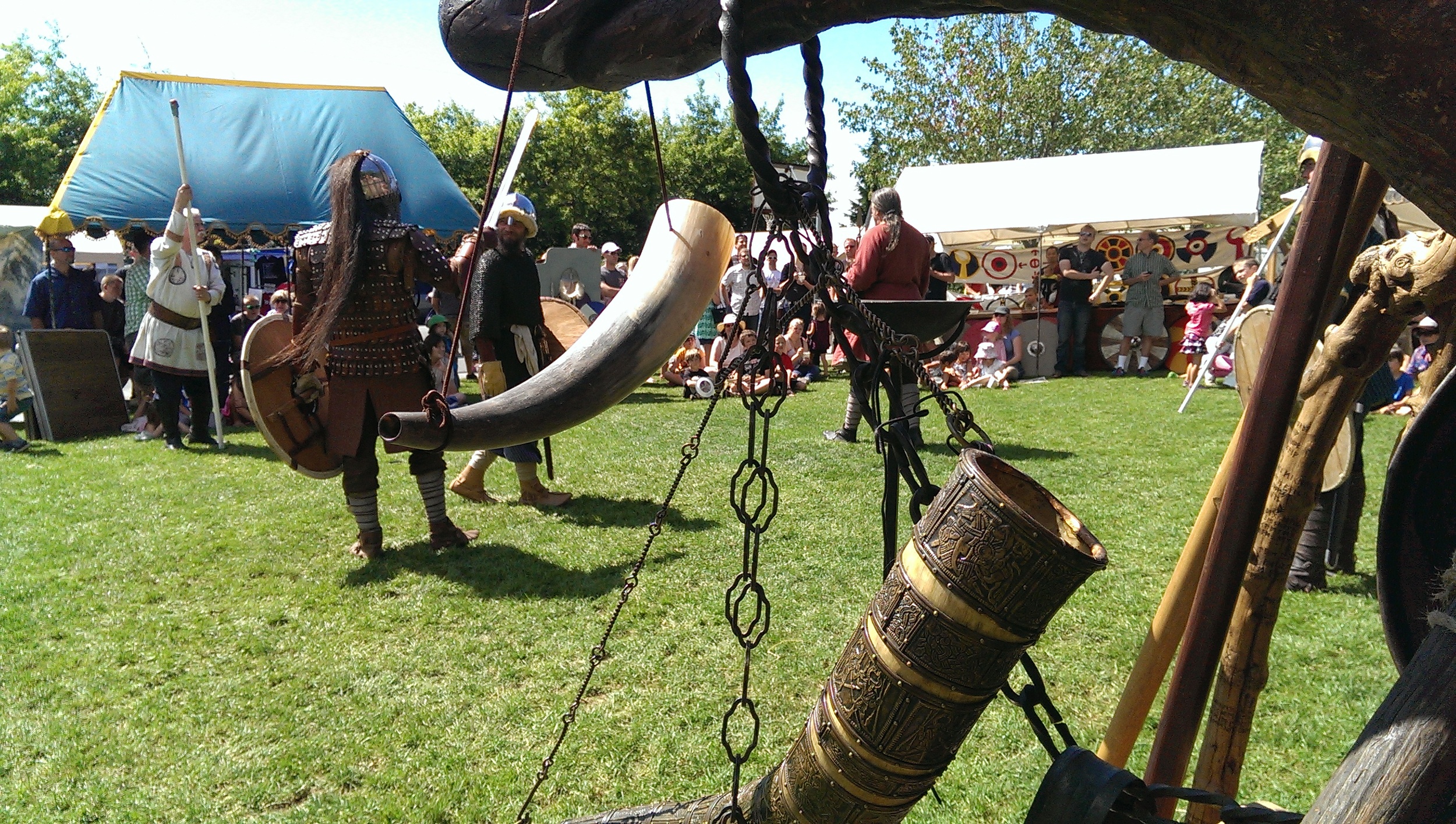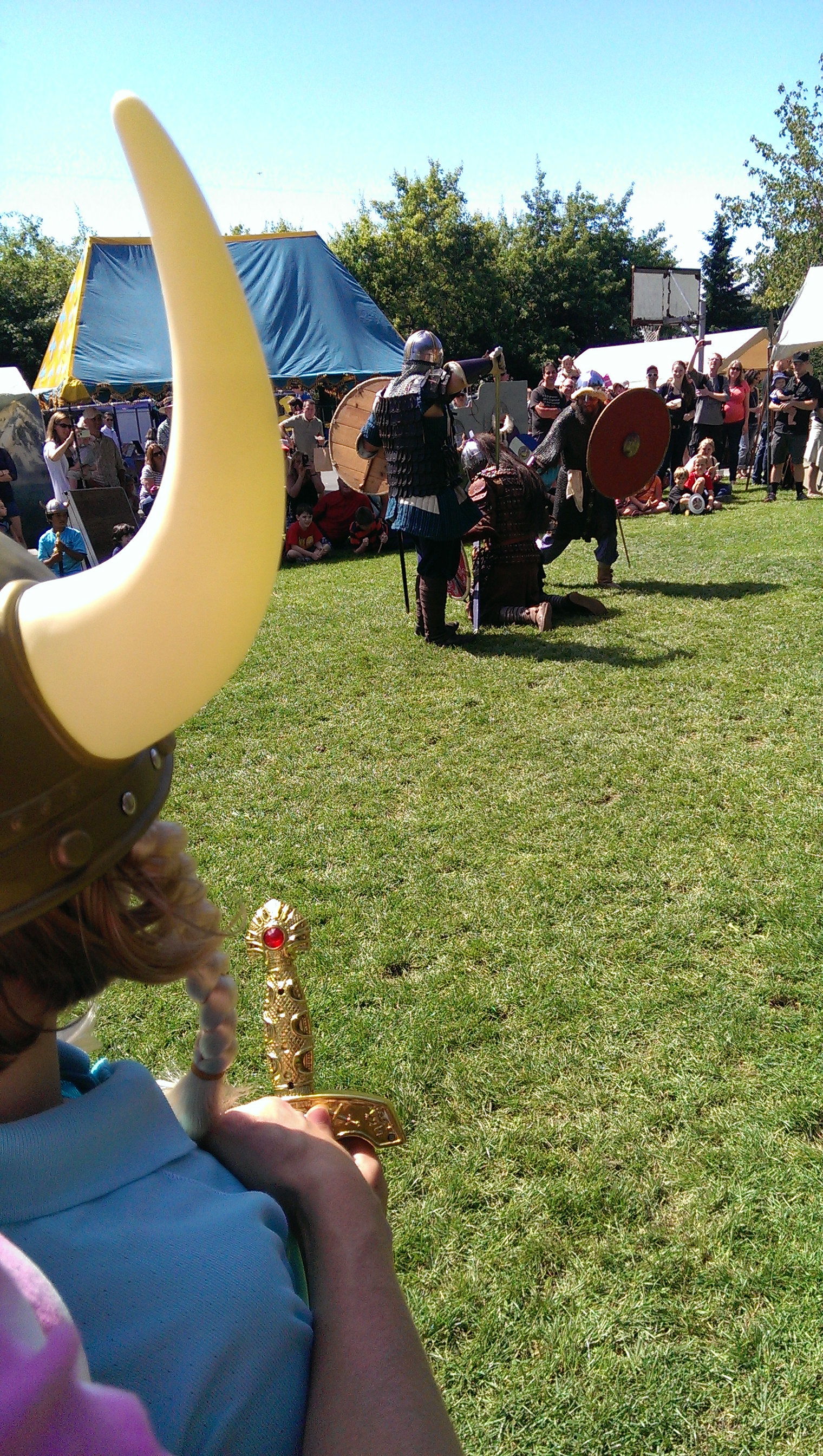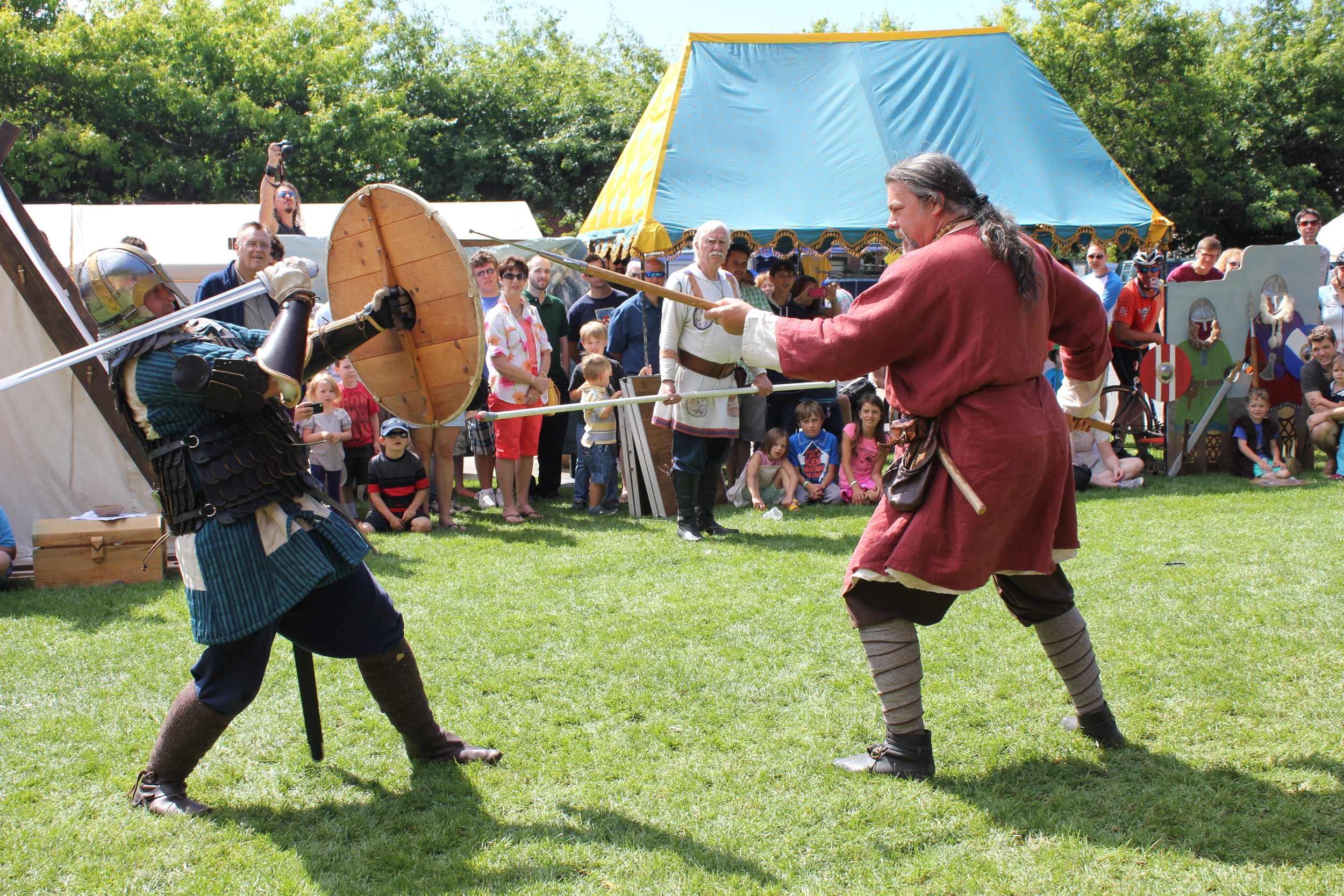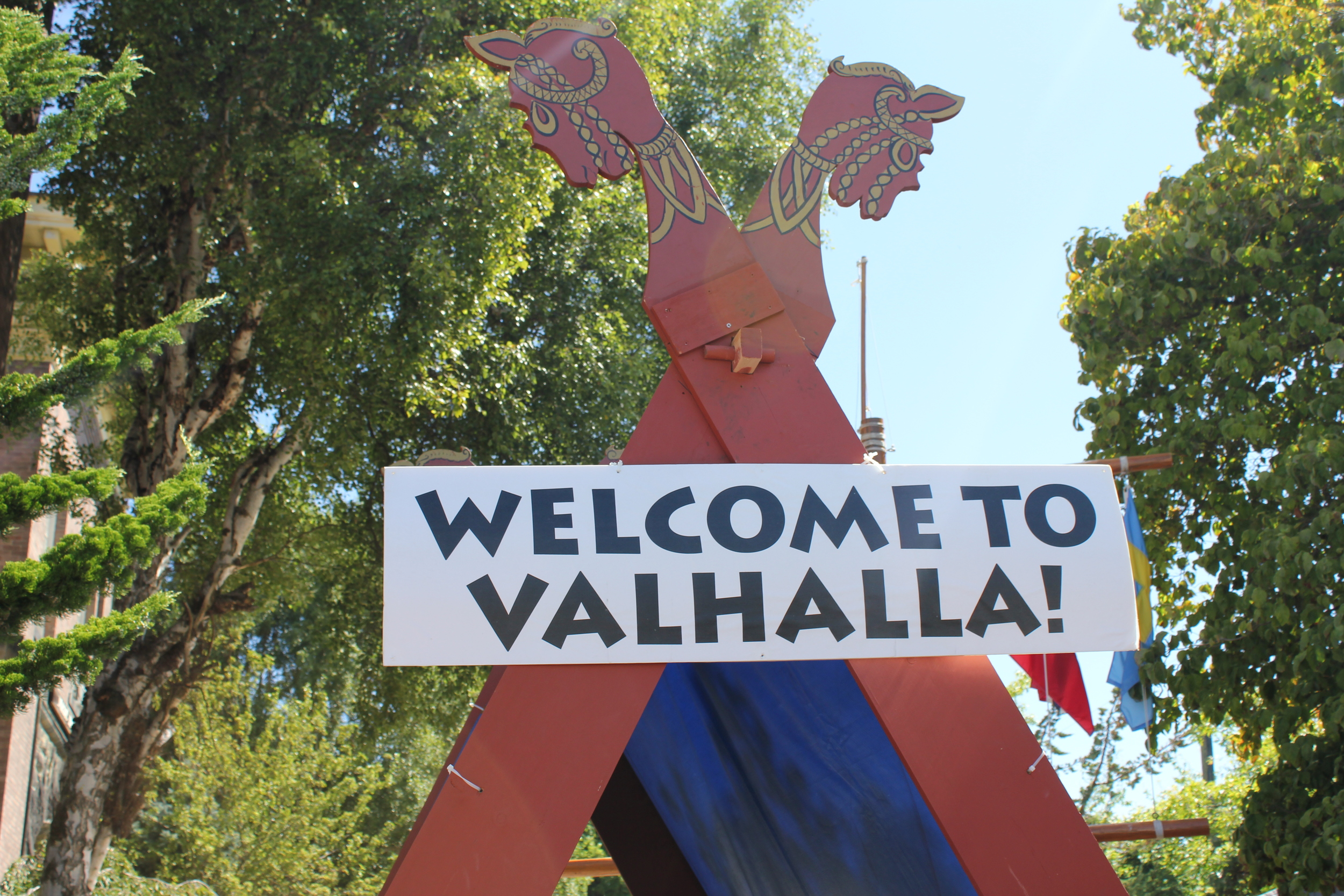A partly-buried, never-forgotten childhood mystery resurfaced for me this weekend. It happened at Viking Days, held at the Nordic Heritage Museum in Ballard. It was there - amidst the Danish aebelskivers, Valhalla jokesters, and battling metal (shrouded) heads - that I found the path to a simple recipe I once feared might have died nearly 30 years ago with my grandmother.
As with most epic quests, the basic back story centers upon a rare form of homemade yogurt. Specifically-speaking - a traditionally Scandinavian, slightly sour version, with the barest of crusts on top that served to hold the sugar I was allowed to sprinkle on it as a child. We called it "fee-lah-bunk," even though the word never appeared before my eyes and I often thought I'd mispronounced it once...and then just kept on repeating the mistake in perpetuity. Whatever semantic form this kefir-ish treat took, my Grandma Jennie made it. To do so, she used a bacterial starter I presumed was as guarded as the launch codes for the Cold War's nukes. However, the gathering of the milk used as the base was where the poetry came into play for me.
Whether or not you subscribe to the foodie revolution that's realized the benefits of raw foods, there's actually a full blown trend underway when it comes to using that form of milk. I'm sure there are people who need to run for the bathroom by merely thinking about or even walking down the aisle of their local specialty grocer that carries this unpasteurized elixir. I'm not sure what I think of it myself. Cow's milk straight from the udder is an acquired taste for any species other than a barn cat. Personally, I wouldn't be surprised to find a few hairs floating at the top of the bottle if I were to buy the stuff these days. I'll let the foodies and the vegans and the back-to-the-landers debate raw milk on the merits. I'm just riffing on the memory. For now.
So back in my day, we went right to the source. Growing up in the northern wilds of Wisconsin meant that there were dairy farms in every direction. On a dairy farm you'll invariably find some form of a "bulk tank" used to collect the recently gathered milk. The basic logistics of making "fee-lah-bunk" was to visit one of those farms, chat up the friendly farmer for the sake of proper neighborliness, and then fill a Mason jar or two with raw milk to take home to Jennie so that she could add her starter. It was this act of gathering that was so special to me. I can still remember riding on the big bench seat of my Dad's epic Ford(s) on this mission. It always seemed to be summertime, with the magic hour light turning everything a cooling down shade of orange. Those memories are coated in amber for me, including the ride back toward home with the warmth of the milk emanating from the glass of the jar into my little hands. I'd be given the big boy responsibility of hanging onto the milk all the way to Jennie's house. A few days later, the new "fee-la-bunk" would be ready. No food ever tasted sweeter in those elementary school years. With or without the added sugar.
Fast forward a few decades, and buzz right on by the occasional conversations I've had about this yogurt-y treat. When it's come up, the answer from the befuddled random Scandinavian I'd ask would always be the same.
"Never heard of it." Or maybe, "how do you pronounce that again?"
And so that memory faded, as they often do when covered over with Facebook status updates, online dinner reservations, and the endless stream of utterly forgettable data we've all seemed to concede to without actually agreeing is worth the distraction.
That is until this past weekend's Viking Days.
When I saw the various food vendors broken down by the nations of origin within the Pan-Scandinavian mix, I drew the memory of "fee-lah-bunk" up in my memory bucket. So I started asking around. As a last resort, I was pointed toward an older gentleman in a Swedish flag apron. "He's the only one who might know," I was told. So I laid it out for him.
"I'm looking for the bacterial starter for a traditional yogurt my grandmother made. I think it was called 'fee-lah-bunk' but I've heard it called other things. Do you know about it and where I might find it?"
He replied, "I'm a Dane, and I was born on Queen Anne." In other words, he was a lovable local. And something of a fraud.
I'd come up bupkis once again. Or so I thought. Until I heard a half-barrel-sized, gray-haired woman behind me say, "I'm a Finn. I live in the UP. I've got the starter. We call it 'villi.' I've never heard the 'bunk'. I can send you some."
So not only did this random, adorable Yooper know of what I spoke. She gave me a Finn's version of the origin story.
"You know how it came here from the old country, right?"
I confessed that I didn't.
"It came on a piece of cheesecloth." I've since imagined a forward-thinking Finn passing the time in steerage, thinking of all the lactose-intolerant immigrants who would benefit from this wonder yogurt passed down from generation to generation all thanks to the musty swatch she had tucked in her knickers.
Or maybe it was sent on a piece across the centuries and oceans via FedEx. Either way, it won't be long before I start looking for a package with a small town Michigan return address containing a supply of bacteria to make my very own strain of new memories.
Oh, and I finally got the spelling right, too. It's "filbunke." For that, I credit Wikipedia. Because not every question need be answered at Viking Days. Just some of the really special ones I didn't realize I'd been carrying around with me all this time.
